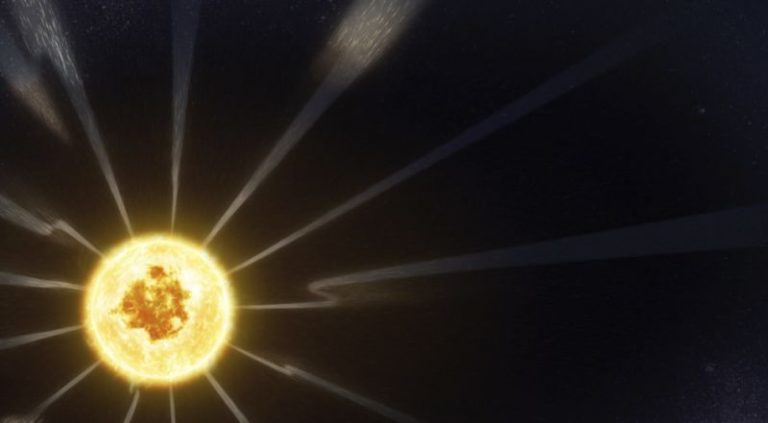NASA’s sun-skimming spacecraft, the Parker Solar Probe, is surprising scientists with its unprecedented close views of our star.
Scientists released the first results from the mission Wednesday. They observed bursts of energetic particles never seen before on such a small scale as well as switchback-like reversals in the out-flowing solar magnetic field that seem to whip up the solar wind.
NASA’s Nicola Fox compared this unexpected switchback phenomenon to the cracking of a whip.
“They’re striking and it’s hard to not think that they’re somehow important in the whole problem,” said Stuart Bale of the University of California, Berkeley, who was part of the team.
Researchers said they also finally have evidence of a dust-free zone encircling the sun. Farther out, there’s so much dust from vaporizing comets and asteroids that one of 80 small viewfinders on one instrument was pierced by a grain earlier this year.
“I can’t say that we don’t worry about the spacecraft. I mean, the spacecraft is going through an environment that we’ve never been before,” Fox said.
Launched in 2018, Parker has come within 15 million miles (25 million kilometers) of the sun and will get increasingly closer — within 4 million miles (6 million kilometers) — over the next six years. It’s completed three of 24 orbits of the sun, dipping well into the corona, or upper atmosphere. The goal of the mission is to shed light on some of the mysteries surrounding the sun.
Read more: AP
Ask me anything
Explore related questions





